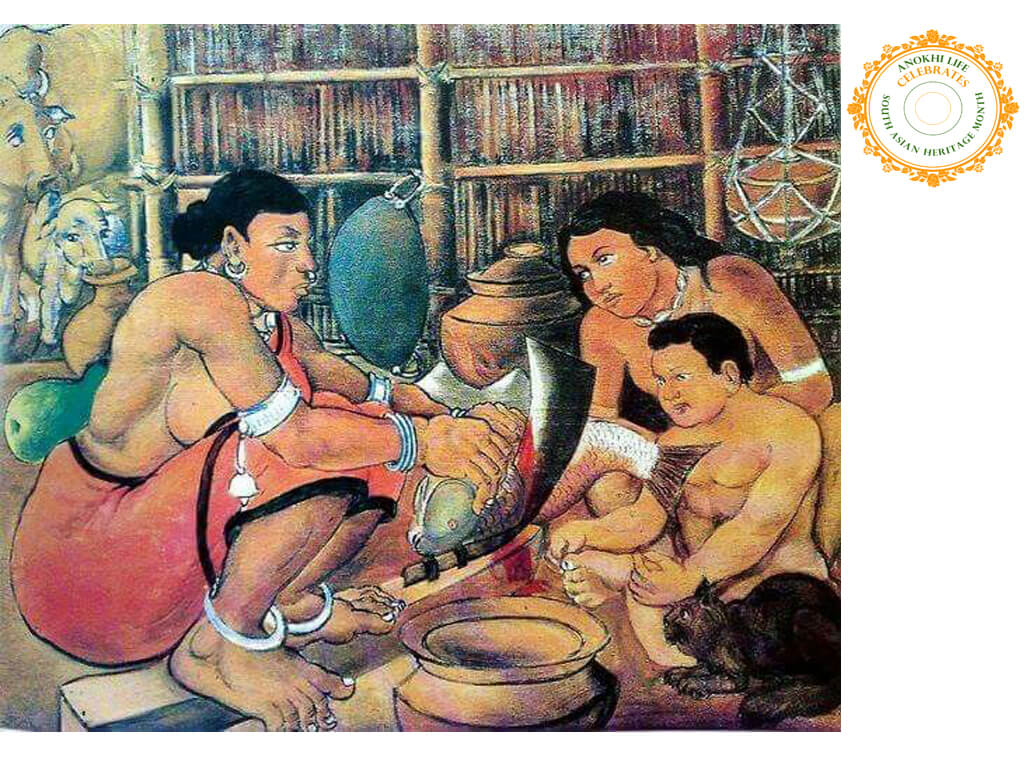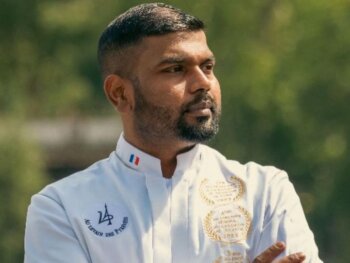We continue our four-part series honouring South Asian Heritage Month by taking a look at the modern art movement from India, Sri Lanka, Bangladesh and Pakistan. These pioneers of modern art have charted a trajectory for South Asian art that puts it high on the global scale of recognition. With nationally renowned art historian and curator Ali Adil Khan, we now take a look at the art history of Bangladesh by looking at 4 pioneering modern artists who you should know.
*Click here to see our Art History Of India: 4 Pioneering Modern Artists You Should Know*
*Click here to see our Art History Of Pakistan: 4 Pioneering Modern Artists You Should Know*
South Asia forms an inverted triangle extending from the heights of the Himalayas to the depths of the Indian Ocean. Stretching 2,000 miles from north to south, and east to west, it is home to almost one-fourth of the World’s population and an ancient and diverse group of people, that speak different languages, practice varied religions and come from rich backgrounds and cultures. Therefor, it is no surprise that the modern and contemporary art originating from South Asia is a vibrant milieu of diversity, spirituality and tradition.
Bangladesh has not had an easy ride as it underwent and sustained two independences: the first from Britain in 1947, after which it became East Pakistan, and then from Pakistan in 1971. Over the past four decades the nation has endured military dictatorships, natural and industrial disasters. It however, survived and grew with rapid globalization and achievement of self-sufficiency led by micro-financing and a vibrant textile and garments industry. Art, music and dance form an essential part of the DNA of the people of Bangladesh. Although they are the youngest of all countries of South Asia (they will celebrate 50 years of independence in 2021), their art is arguably the strongest and most diverse, credited to the largely secular nature of their social fabric. Walking through the streets of the capital and the country’s largest city, Dhaka one cannot distinguish people based on their religion or belief as they all speak the same language, dress the same way — as all women wear saris and bindis, and men wear lungis. I really believe that this strong inclusiveness mentality has enabled the arts and culture to thrive in Bangladesh.
Zainul Abedin (1914–1976)
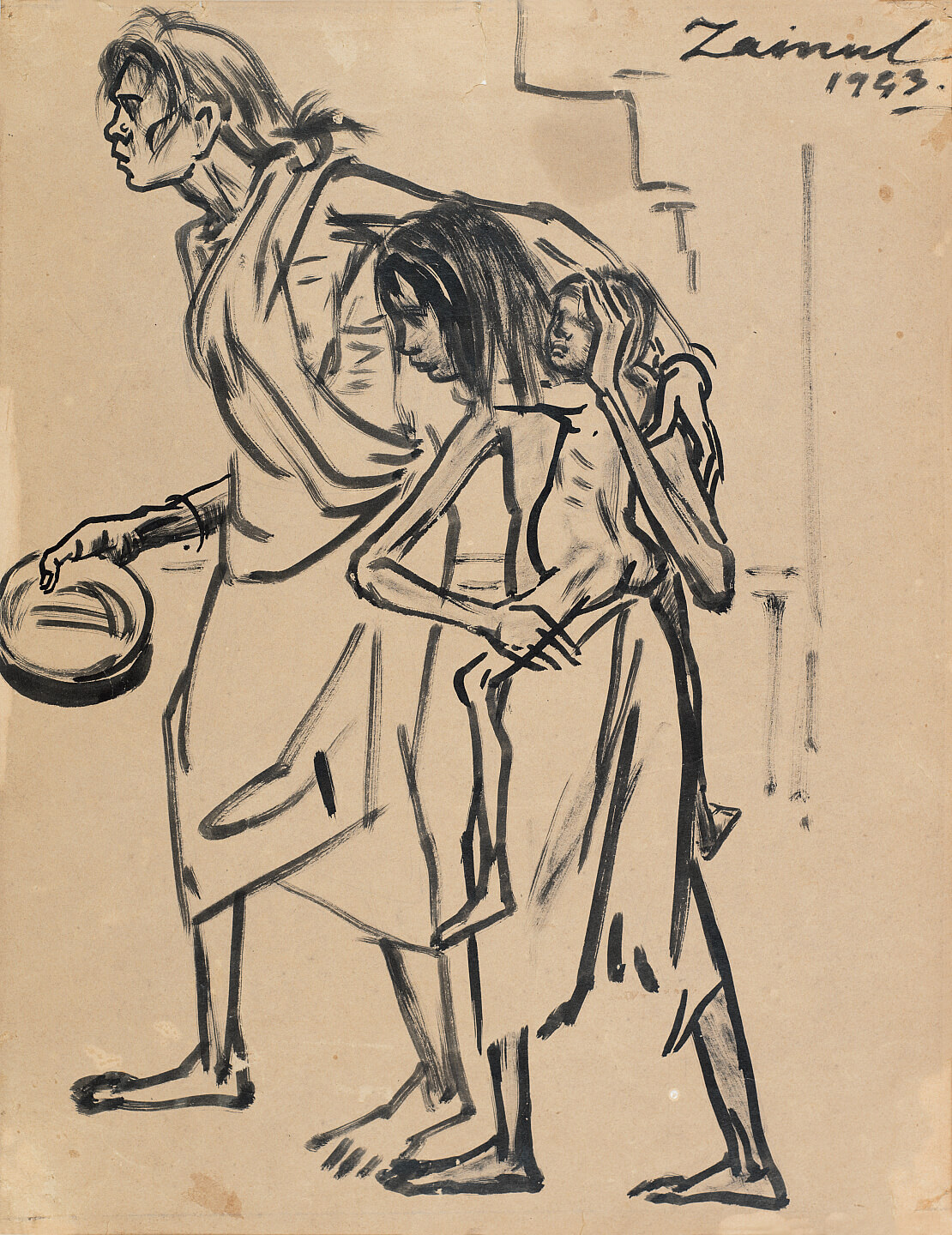
Zainul Abedin (1914–1976) has been bestowed the illustrious title of Shilpacharya or literally the “National Master of Art”. He initiated the development of modern art in Bangladesh when he moved from Calcutta to Dhaka in 1948 after partition and formed the first art school, which achieved the “highest echelon in teaching” and is now the Faculty of Fine Arts, Dhaka University. Zainul Abedin has been a brilliant painter, an effective teacher and a fierce political activist.
His pen and ink sketches of the 1943 famine in Bengal (that killed at least 3 million people, due in large because of British mismanagement, food diversion and hoarding) shocked the world and showed the horrors of starvation and human suffering. This led to early shaping of his work into a realism style of painting. His “The Rebel Cow” (1951) marks a high point of this style and activism, as through this painting he was portraying the sentiments of Bengalis in East Pakistan and a call for preservation of their language and culture, and ultimately freedom.
In 1951, Abedin went to study at the Slade School of Art in London, and visited galleries and museums in Europe, only to return back to his homeland where he found inspiration in the folk arts of Bengal. Abedin’s later works transcends the political into humanism that is timeless and cross cultural.
He was fascinated by the strong and rebellious Santhal women of rural Bangladesh bordering India. He used them as his muse and painted them profusely. In the mid ’50s to late ’60s, Abedin took a strong political stance in support of the Bengali language movement against its suppression and later for maintaining rights and culture of the Bengali people. In 1969, he painted a colossal 65 feet long scroll painting titled “Nobanno” to celebrate the mass movement that eventually led to their independence. In 1970, following the devastating cyclone in which hundreds of thousands of people died, Abedin created another masterpiece titled “Monpura”, a 30 feet long scroll painting as a tribute to the people who lost their lives.
Zainul Abedin, along with a handful of like-minded teachers started a movement to preserve Bengali heritage and refocus modern and contemporary art on the roots of their culture, and to discourage copying of Western techniques and styles that inspired the new breed of artists. Abedin also recognized the importance and outreach of folk art and worked towards promoting and preserving it as an important part of the art milieu.
In summary, Zainul Abedin’s greatest contribution is perhaps in having the vision and foresight to develop and implement an arts program that has produced numerous artists of repute; from early pioneers like Quamrul, Sultan, Rashid and Kibria to the current cannon of globally recognized artists such as Monir, Shahabuddin, Kabir, Iqbal and Lipi to name a few.
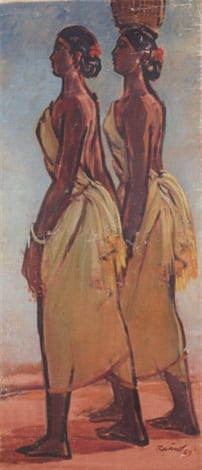
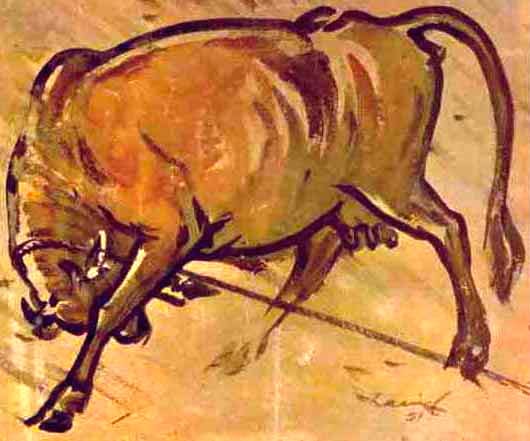
S.M.Sultan (1923-1994)
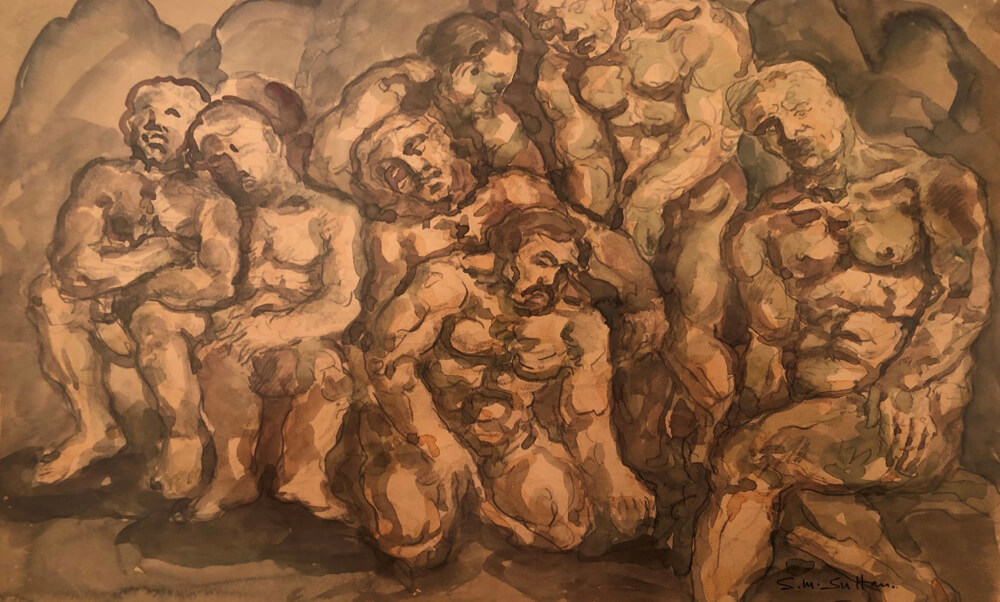
Sheikh Mohammed Sultan’s (1923-1994) artistic journey began in 1941 when he joined the Government School of Art in Calcutta (now Kolkata, India), but left after three years, without obtaining a degree. This was to be the start of a long, lonely and non-conformist life. From 1949-1953, Sultan spent time in Pakistan and India, staying in Lahore and Karachi and travelling from Calcutta to Kashmir sketching and painting landscapes which culminated into his solo exhibitions in Shimla, Lahore and Karachi. While in Karachi, Sultan developed a close friendship with Sadequain. The two were quite alike and equal in their intellect, orientation and Bohemian ways.
While Sadequain represented himself and his subjects as weak and starving “fakir” (poor) an ascetic who lives solely on alms, Sultan went the other way by representing his “nangay bhokay” (naked and hungry) famished peasants as strong and muscular, reflecting a larger than life image of their inner strength.
In 1953, Sultan received a Rockefeller Scholarship to visit art galleries and museums and exhibit his work in the United States. Sultan not only shared his extraordinary talents, but also being exposed to western art movements, absorbed and assimilated those sensibilities into his own style.
Shunning the fame and attention he received in the west and wanting to be closer to his people, Sultan returned to his native Narail in Bangladesh, where he lived in an abandoned building overlooking the Chitra River. He lived close to the land and far from the outside art world for the next several years, with pets that included cats and snakes, developing a reputation as a whimsical recluse and a Bohemian. Sultan’s fame rests on his striking depictions of muscular peasants and is without doubt amongst the most influential artists and early pioneers of modern art in Bangladesh.
Sultan’s impressionist style and oeuvre displays an influence of Vincent Van Gogh and other French impressionists, but in my view, his opus and identity is no less than that of the great impressionist masters.
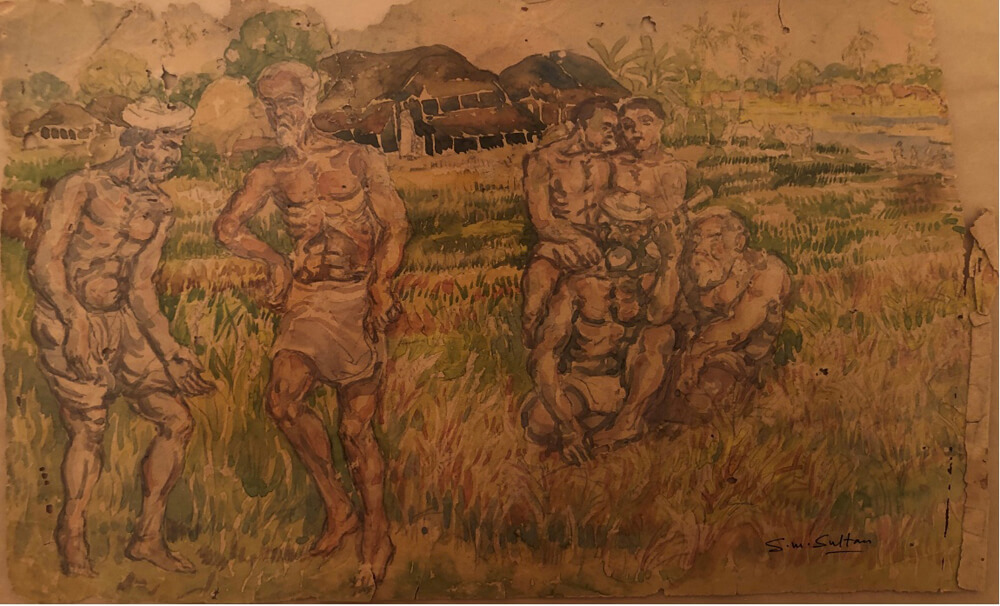
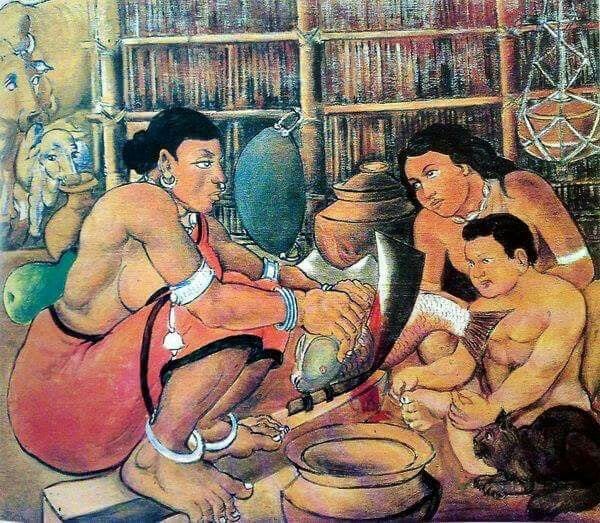
Mohammad Kibria (1929-2011)
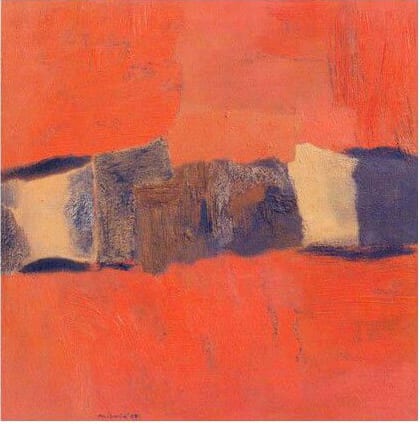
Mohammad Kibria (1929-2011) is the gentle giant of abstract art in Bangladesh. From the outset of his career, Kibria took to experimenting with geometry and texture in his art. His compositions are multi-spatial configurations with layering and overlapping of colours to create texture and feeling. Space is an integral part of Kibria’s compositions and through minimalism and meticulous management of form and colour, he is able to evoke feelings of solitude and calm.
Kibria was trained at the Government College of Art in Calcutta and after graduating in 1951 he moved to Dhaka, where at the behest of his mentor Zainul Abedin, he started teaching at the Government College of Arts and Crafts (now Faculty of Fine Arts, Dhaka University). From 1959-1962, Kibria studied at the Tokyo University of the Arts and was the first to go east instead of west for higher learning. He not only paved the way, but also created a trend that would be followed by many other students and faculty members of Dhaka University.
Kibria is credited with creating a strong foundation and support for abstract art in Bangladesh and South Asia. His peers and students alike continue to take inspiration from his work and propel the abstract art movement and practice to new heights. Some of these leading proponents of abstract art are Debdas Chakarborty, Kalidas Karmakar, Mahmudul Haq, Monirul Islam, Hashem Khan, Tajuddin Ahmed, Mohammad Eunus and Mohammad Iqbal.
Along with V.S. Gaitonde (1924-2001) of India and Ismail Gulgee (1926-2007) of Pakistan, Kibria is regarded as the most influential and accomplished of all abstractionists from South Asia.
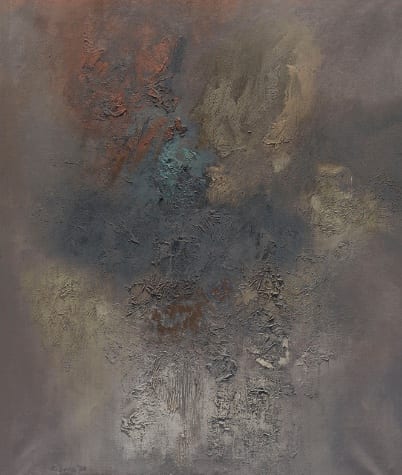
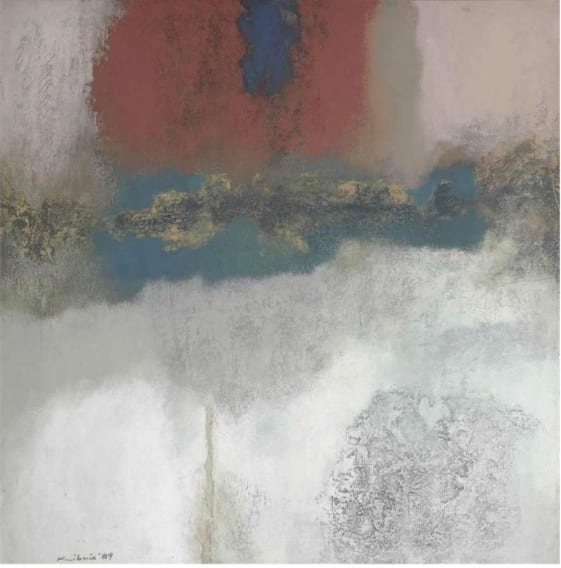
Novera Ahmed (1939-2015)
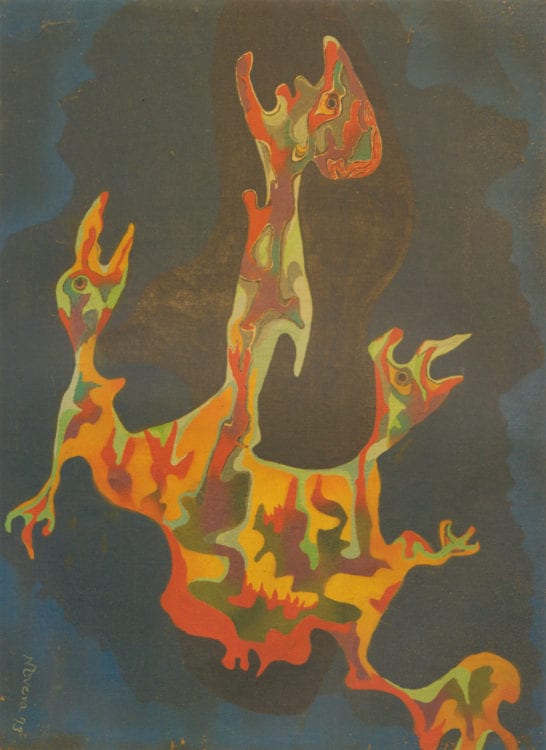
Novera Ahmed (1939-2015) was one of the most under-represented and under-appreciated artists of the country. She was a progressive and forward-thinking painter as well as a pioneer of modern sculpting in Bangladesh. Zainul Abedin was quoted as saying “what Novera is doing now will take us a long time to understand — she’s that kind of artist.”
Ahmed was educated at the Camberwell School of Arts in London, and then in Florence, Italy where she worked in the studio of Venturino Venturi. Although her work is influenced by other western sculptors like Henry Moore for instance, it is strongly grounded in the folk traditions and rural life of Bangladesh. She very much formed her own style and form of sculpture.
She came into prominence in 1960 with her first exhibition titled “Inner Gaze” in Dhaka with 75 sculptures, mainly executed in cement. This was an inaugural sculpture exhibition by any sculptor in the country. Upon the invitation of the Pakistan Art Council, she moved to Karachi, and produced many works there. In 1962, she travelled to Bombay to learn Bharatanatyam, and a year later moved to Paris where she remained for the rest of her life. Ahmed temporarily moved to Thailand in 1968 where she had a solo exhibition in Bangkok in 1970. She was resourceful and innovative, and used the remains from American army plane crashes from the Vietnam War as material for her sculptures. Her works are rare to find and highly sought after and following her death in 2015, a few of her major works were acquired from her estate by the Government of Bangladesh.
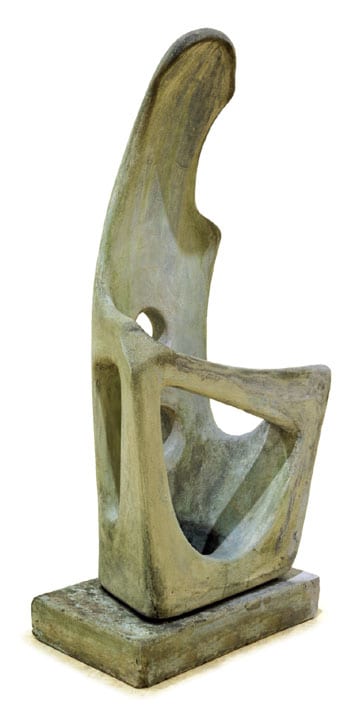
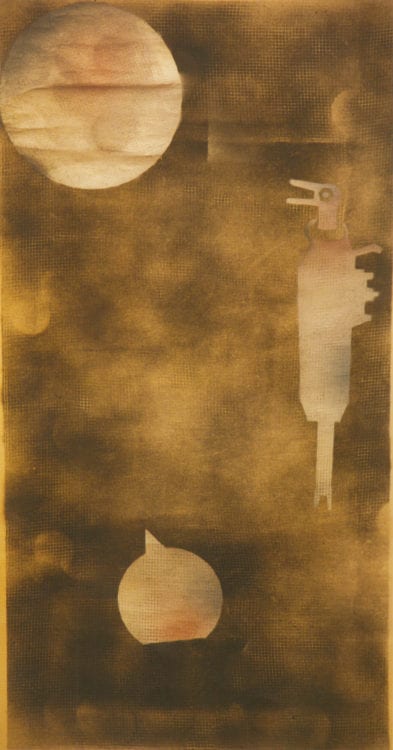
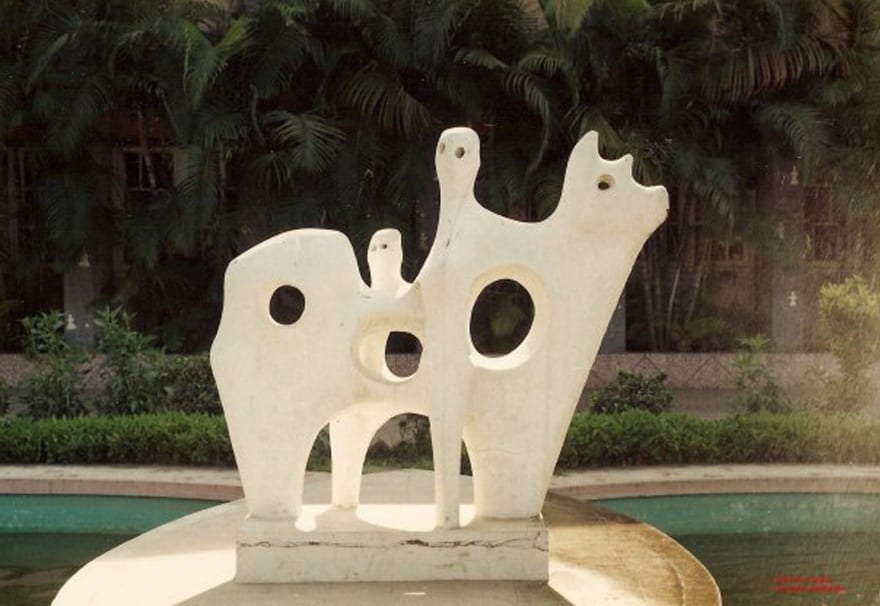
Ali Adil Khan has also served on the advisory boards of the Ontario Arts Council, Canadian Community Arts Initiative and the Art Gallery of Mississauga. He has been profiled in The Toronto Star, Hamilton Spectator, Calgary Herald, Mississauga News and Desi News. He can be reached at [email protected] or 647-505-4658
Ali Adil Khan
Author
Ali Adil Khan (@ali.a.khan) is the founder of the South Asian Gallery of Art & director of the SAGA Foundation in Toronto. He's an art critic, curator, writer & collector. He has curated exhibitions in Canada & served as an advisor to various museums including the ROM & Aga Khan Muse...


















































